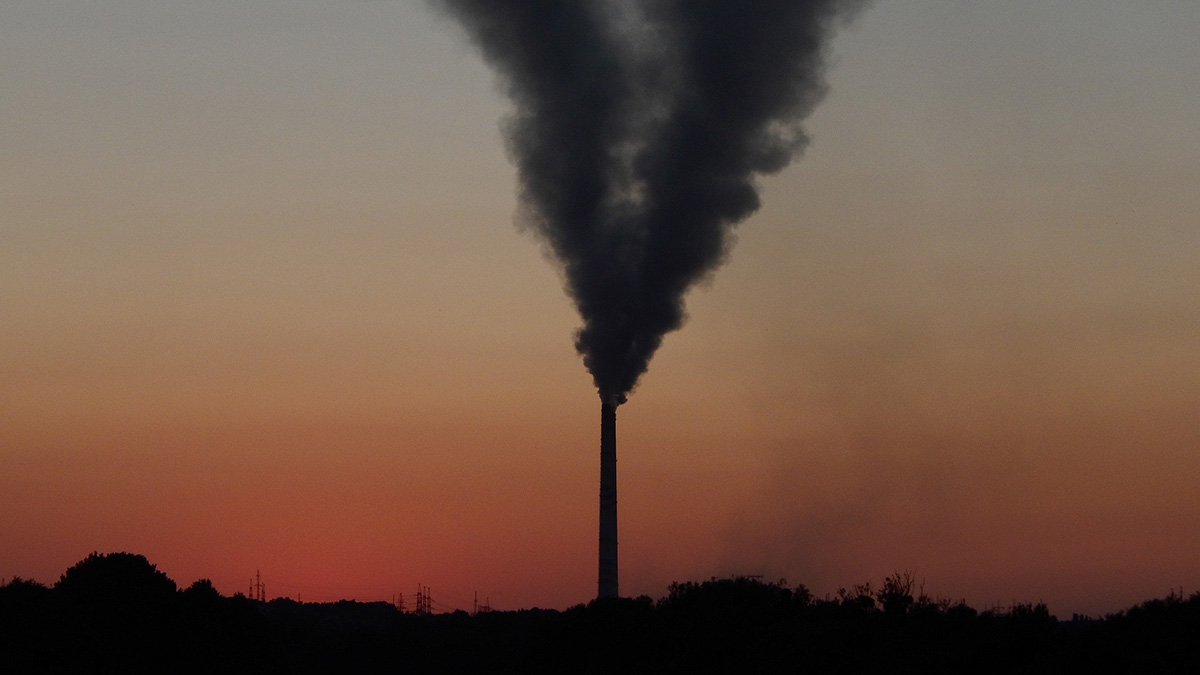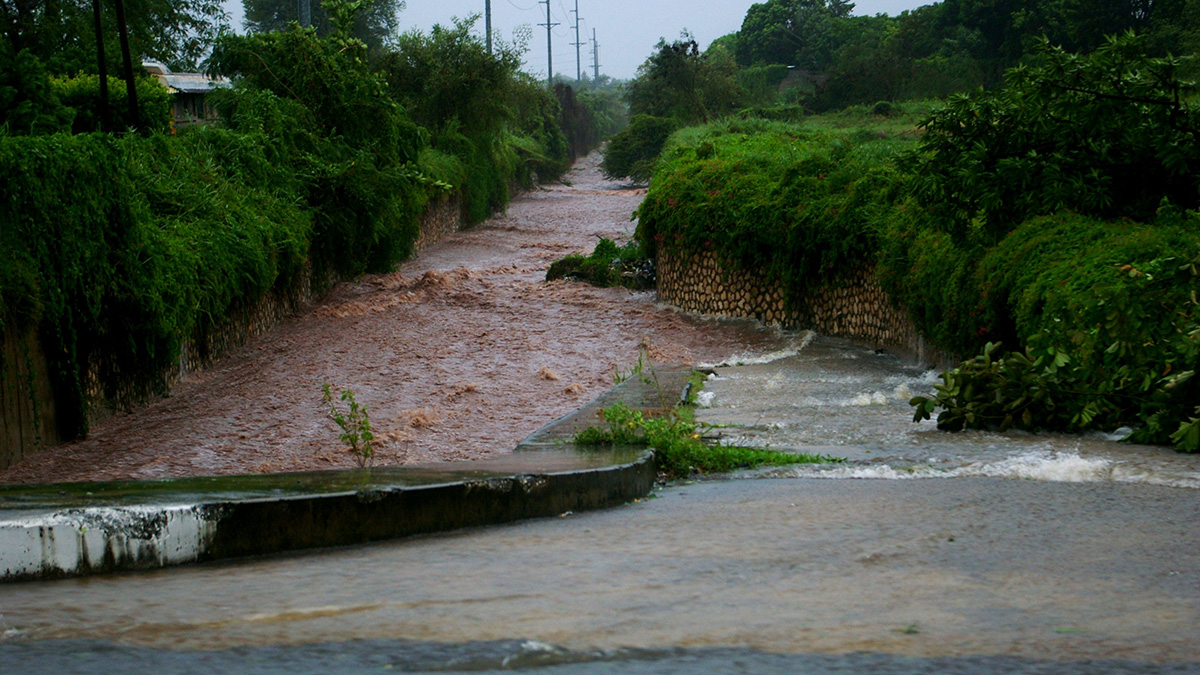Schizophrenia topped the list of conditions associated with death during the 2021 extreme heat event in British Columbia.
geohealth
Extreme Wildfires Make Their Own Weather
Extreme fires in the western United States and Southeast Asia influenced the local weather in ways that make fires and smoke pollution worse.
Why Tropical Forests Are Important for Our Well-Being
Tropical forests play a critical role in supporting human well-being, food security, and the maintenance of biodiversity.
The Global Health Benefits of Going Net Zero
Climate change mitigation plans would also reduce air pollution. That could save hundreds of thousands of lives in the coming decades.
How to Build a Climate-Resilient Water Supply
Scientists developed a new model to help water utility companies minimize weather-based disruptions to clean water access.
What Happens to Drugs After They Leave Your Body?
It’s hard to predict with certainty how drugs break down once they enter waterways. In a new study, scientists devised a way to do just that.
Even at the Bottom of the World, the Ocean Is Belching Plastic
Plastic fills the air above Auckland, New Zealand.
Mapeando estimaciones de la contaminación a nivel de calle para encontrar rutas más seguras
Un nuevo enfoque de alta resolución que combina múltiples tipos de datos detección remota de la contaminación permitió a investigadores desarrollar una aplicación que mapea las rutas más saludables para los transeúntes urbanos.
Geohazard Education Trainings Foster Resilience in Rural Alaska
National Science Foundation-funded teacher and community workshops boost disaster preparedness optimism among coastal Alaskan educators, whose communities face an array of natural hazards.
Mapping Street-Level Pollution Estimates to Reveal Safer Routes
A new high-resolution approach combining multiple types of remotely sensed pollution data allowed researchers to develop an app that maps the healthiest routes for urban commuters.










